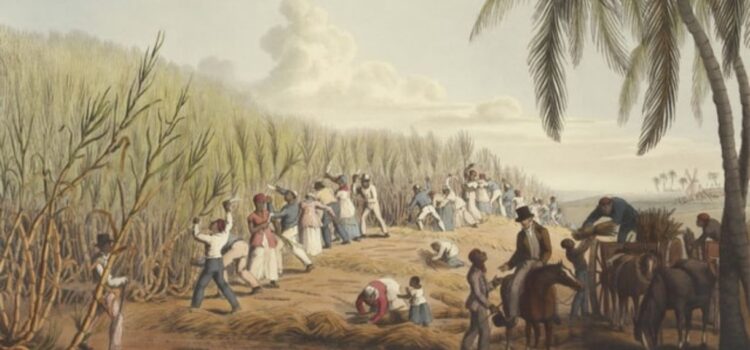

This article is an excerpt from the Shortform book guide to "Caste" by Isabel Wilkerson. Shortform has the world's best summaries and analyses of books you should be reading.
Like this article? Sign up for a free trial here .
What is the connection between race and socioeconomic status? What is the history behind this relationship?
Race and socioeconomic status are intimately intertwined. To disentangle the relationship, we must go back to the era of Reconstruction.
Read about the connection between race and socioeconomic status.
Race and Socioeconomic Status
In 1858, Senator James Hammond from South Carolina delivered a speech to the Senate in which he argued that the tasks that require little intelligence and skill are beneath the efforts of the dominant caste. He concluded that former slaves were lucky to be allowed to perform menial tasks because they elevated these subhumans from the station God intended for them.
South Carolina even passed legislation prohibiting black people from working in any sort of trade, business, or artisanship without the approval of a district judge and a license. The fee for the one-year license was $100, which is the equivalent of $1,500 today. There was no way a black person could generate that kind of money to earn a professional license, so the law kept them firmly in place as manual laborers.
In 1890, 85% of black men and 96% of black women worked in either agriculture or domestic service. Those statistics held through the Great Depression 40 years later. Even when the country became more progressive, the dominant caste found ways to control the professional ranks of the subordinate caste.
By the mid-20th century, more blacks became educated and worked in highly skilled occupations. But they couldn’t rise above a member of the dominant caste. If they were promoted or recognized for their work, it was only above the level of the next highest subordinate worker.
The Rise of Black Talent
Race and socioeconomic status influence the entertainment industry starting during the era of slavery. Slave owners demonstrated their dominance by forcing slaves to entertain them and their guests.
This early need to entertain helped develop a tradition of performing in the subordinate community. That tradition would become one of the only allowed avenues by which they could excel because opportunities for success in other fields remained narrow. Their forced roles as entertainers translated over generations into a prowess for the arts and athletics. In fact, in the 20th century, the wealthiest members of the subordinate caste were either performers or athletes, such as Louis Armstrong or Muhammad Ali. Even in 2020, 17 of the 20 richest black Americans were all entertainers, including Oprah Winfrey, Jay-Z, and Lebron James.
These roles are not threatening because the performers are pleasing the dominant caste, and the dominant caste still controls the related industries.
Every step along the way, the dominant caste has eased restrictions just enough to serve their needs in some way while still maintaining supremacy. Although successful subordinate caste members today have been able to achieve fame and wealth, thereby raising their class status, the cap on how high they’re allowed to rise is still in place because of the original occupational narrative.

———End of Preview———
Like what you just read? Read the rest of the world's best book summary and analysis of Isabel Wilkerson's "Caste" at Shortform .
Here's what you'll find in our full Caste summary :
- How a racial caste system exists in America today
- How caste systems around the world are detrimental to everyone
- How the infrastructure of the racial hierarchy can be traced back hundreds of years






